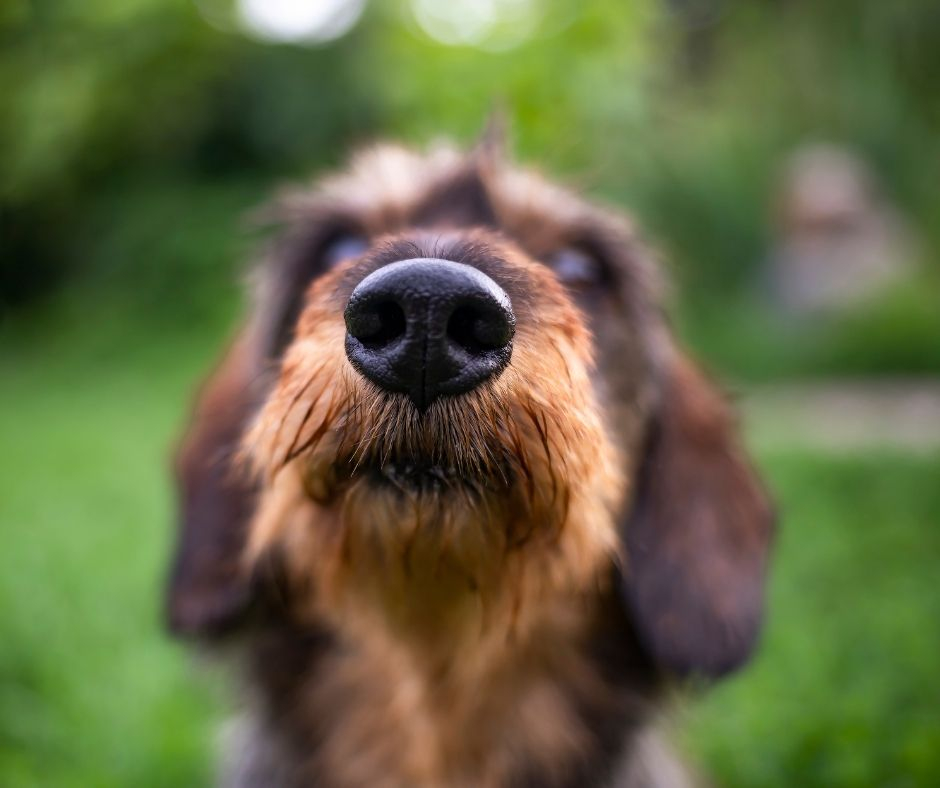The Smell and Color of Natural Dog Food
The smell and color of natural food cannot always be the same. Or do you believe in the possibility that something that is completely natural always has an identical appearance?

The smell and color of natural food cannot always be the same. Or do you believe in the possibility that something that is completely natural always has an identical appearance? Do you really want to feed someone you love something that looks the same every time? We do not produce industrial food so our products will never look exactly the same as industrial dog food, soup cubes or hot dogs.
Difference in color and smell with each new production batch With our products, a difference in color and smell can be noticed between different production batches. That's right, because our products are completely natural, we don't add additives to them;
- dyes
- smell and taste enhancers
- aroma
- etc. which would achieve product uniformity. Just as it is unrealistic to expect that today at the butcher shop you will be able to buy a steak of the same color as the one you bought two weeks ago. Or an identical carrot at grandma's on the plot, it is so unrealistic to expect that our 'sausages' will always look and smell identical.
What affects the color and smell of food?
The color of the product is affected by the color of the meat, and the color of the meat largely depends on the category and age of the animal as well as the sex and breed. Then different vegetables and fruits can also affect the color of the product. Beetroot, for example, gives an intense red color. The fruits and vegetables we use depend on the season, what we use is: - lettuce,
- apple,
- kale,
- li>carrot,
- zucchini,
- beetroot.
- The color of the products that contain it is most influenced by the color of the beef belly/fillet/tripe . The color of the fillet varies from light green-gray to dark brown-black. It is important to emphasize that the quality of fillets does not depend on their color. They are usually darker than slightly older animals that have eaten a lot of plants rich in tannin in their lives, which then turns the lining of the rumen dark brown.
Beef rumen also mainly affects the smell of the product.
The specific smell of rumen cannot be alleviated without using chemicals. Beef tripe/fillet/tripe, cleaned and bleached to make it acceptable for human consumption. But it is precisely in this process that everything that is most valuable in the lining of the rumen is lost. Fortunately, the green uncleaned rumen is a real treat for dogs. Read the story about chlorophyll... In the period when cattle eat hay and make silage (silage is feed preserved in silos by fermentation of fresh green plant mass, e.g. corn) because there is no grass in the pastures... Fillets have a specific sour smell, which is actually the smell of fermented corn stalks. The smell that is different from the smell of minced meat is mostly influenced by kale and beets, and if we are talking about Von BARF Classic then it is the most intense the smell, the smell of garlic. In short - our products cannot always be identical because they are natural. And it is quite normal for BARF to vary from box to box.


